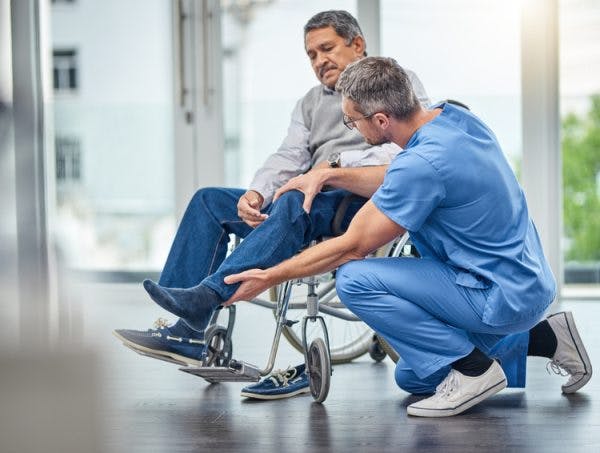
Pain After Spinal Cord Injury: Why it Happens & How to Relieve It
Pain after spinal cord injury is common, affecting up to 80% of SCI patients. Normally, sensations travel from the body, through the spinal cord, and to the

Pain after spinal cord injury is common, affecting up to 80% of SCI patients. Normally, sensations travel from the body, through the spinal cord, and to the

If you’re experiencing difficulties falling or staying asleep after spinal cord injury, you’re not alone. In fact, sleep problems are more common in individuals with
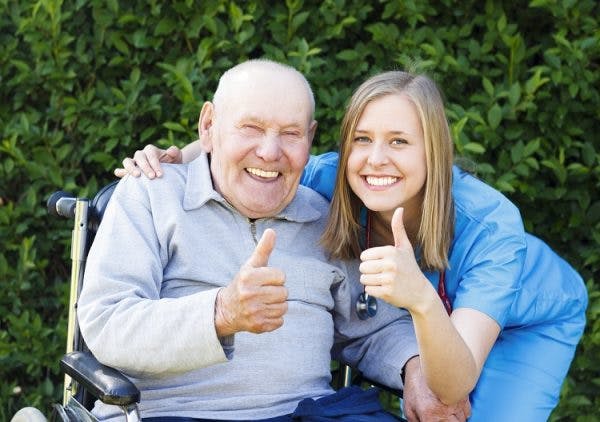
Pressure ulcers in spinal cord injury patients are extremely common as a result of impaired motor control and sensation. In fact, the reported annual incidence

About 67-78% of individuals experience some degree of spasticity after spinal cord injury. Spasticity after SCI describes involuntary muscle contractions caused by disrupted signals between

Individuals may experience depression after spinal cord injury due to less functional independence, the development of secondary complications, and socioeconomic factors. However, it’s essential to

Weight loss after spinal cord injury is common. It often occurs (at least initially) because the body experiences changes in body composition due to reduced

Because respiratory complications are the leading cause of death in individuals with spinal cord injuries, it’s essential to understand what causes them and how to

Is there a link between spinal cord injury and sweating? The brain and body communicate through the spinal cord. However, after a spinal cord injury,
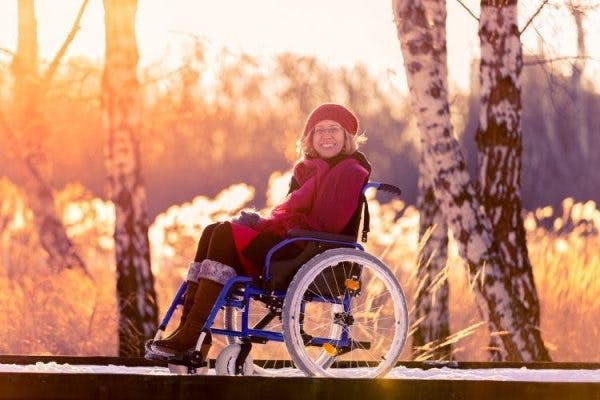
While slight fluctuations in body temperature throughout the day are normal, a spinal cord injury (SCI) may prevent areas below the level of injury from
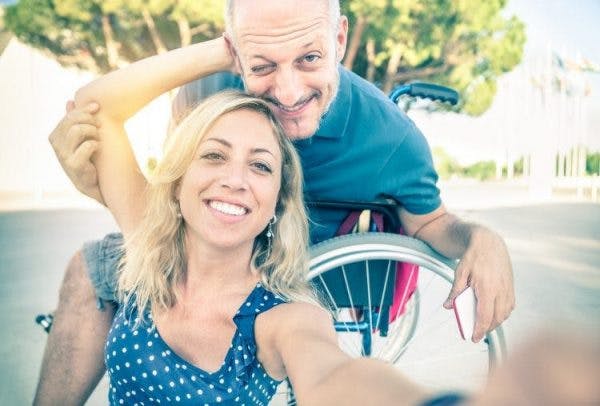
While living with paraplegia may require major adjustments, it can also be an extremely rewarding experience. With the right support and management, individuals with paraplegia

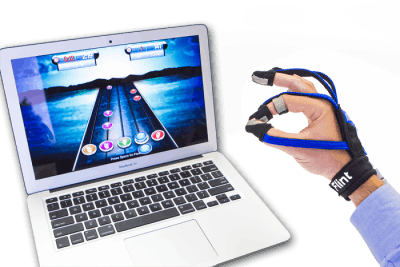
Take the first step towards recovery.